The Hobbit series is a trilogy of mammoth works stemming from JRR Tolkien’s book of the same name. Somehow, they crafted three hugely ambitious films from a relatively short work, and, in most ways, it didn’t go quite as well as they’d hoped.
While the series doesn’t live up to its Lord Of The Rings brothers, it has just as many blunders. We’ve taken a look at ten of the most interesting continuity errors from across all three films.
Betsy Butterbur Doesn’t Open Her Mouth
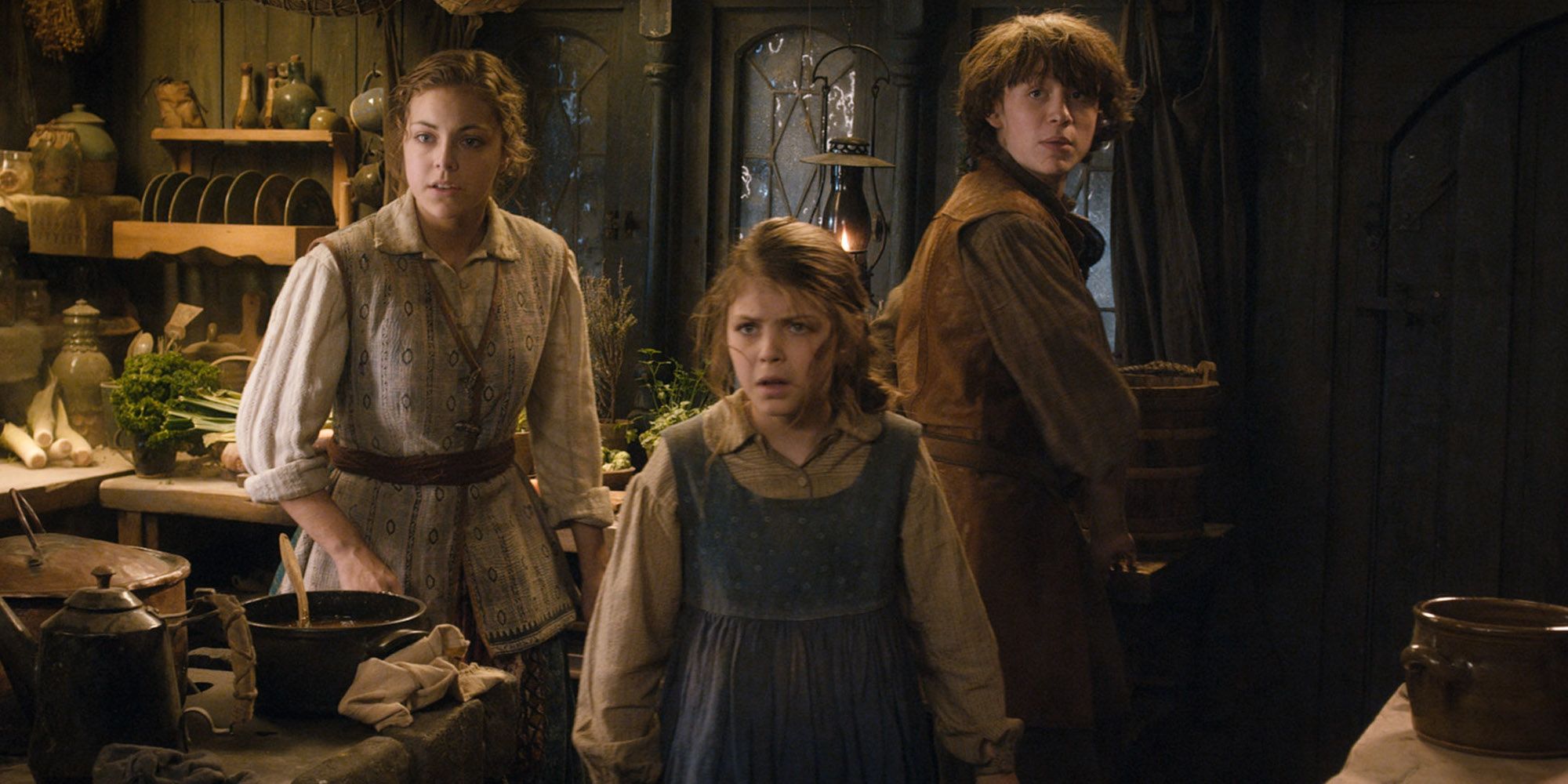
While not a particularly prominent character, Betsy Butterber still has a few lines in The Desolation Of Smaug. Unfortunately, due to a lack of attention or maybe some overlooked poor editing, the actress who plays her is never seen with her mouth open. Continuity errors like this are always particularly confusing. How did this make it to the final cut? Because it’s not like it’s subtle and missable when a character speaks without moving their mouth- you notice is straight away.
Wargs Paws Clop Like Hooves
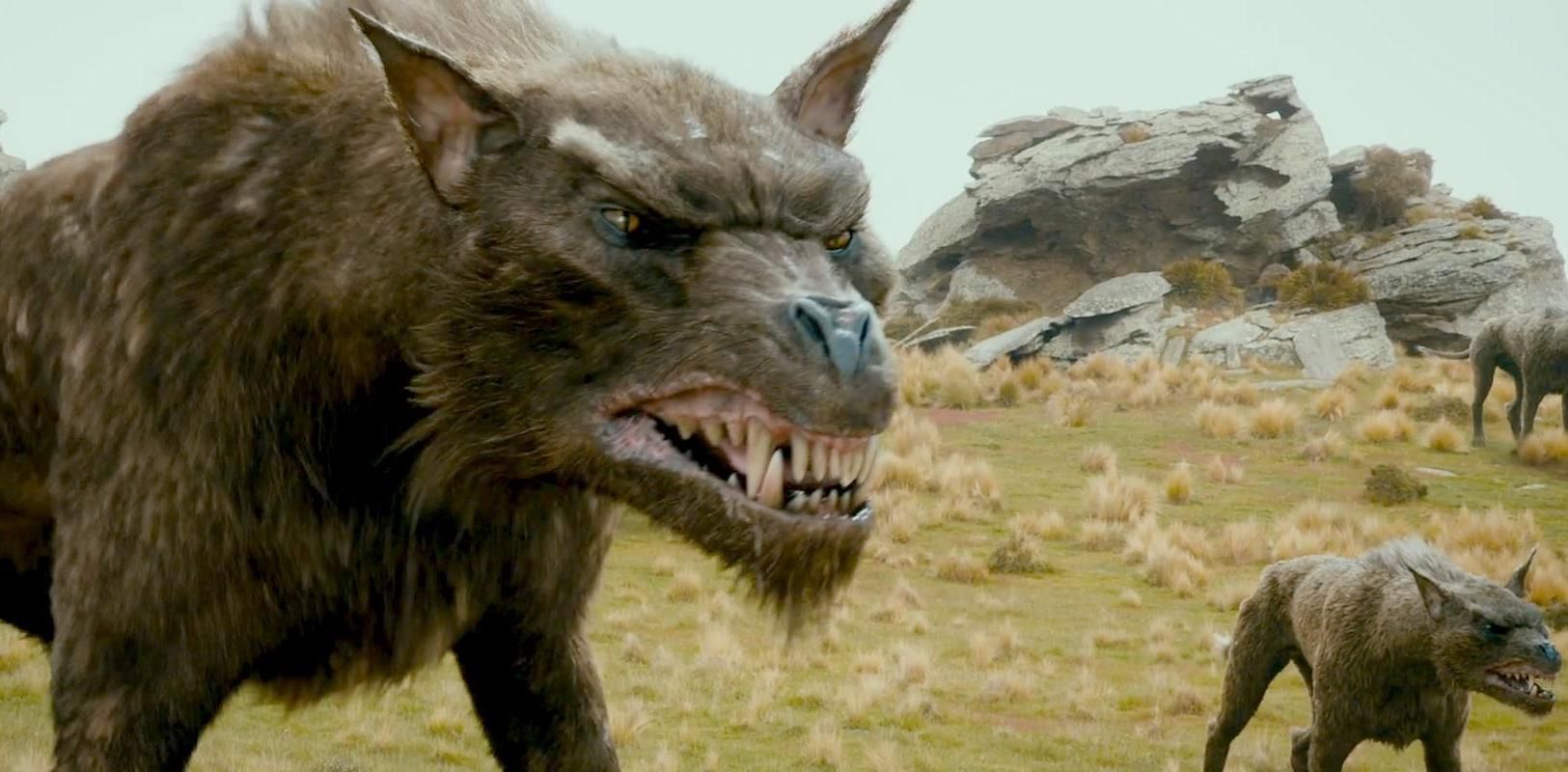
Wargs are a uniquely scary example of JRR Tolkien’s creative brain. They look like wolves but there are hints of various terrifying animals thrown in for good measure, creating a snarling beast controlled by the equally scary Orcs.
They are shown to have padded paws much like dogs, but when their Orc masters ride away on them, there is a noticeably horse-like clip-clopping sound as they scuttle off. Maybe they have really long, really dense toenails that clop along the ground.
Drunk Elves Aren’t A Thing
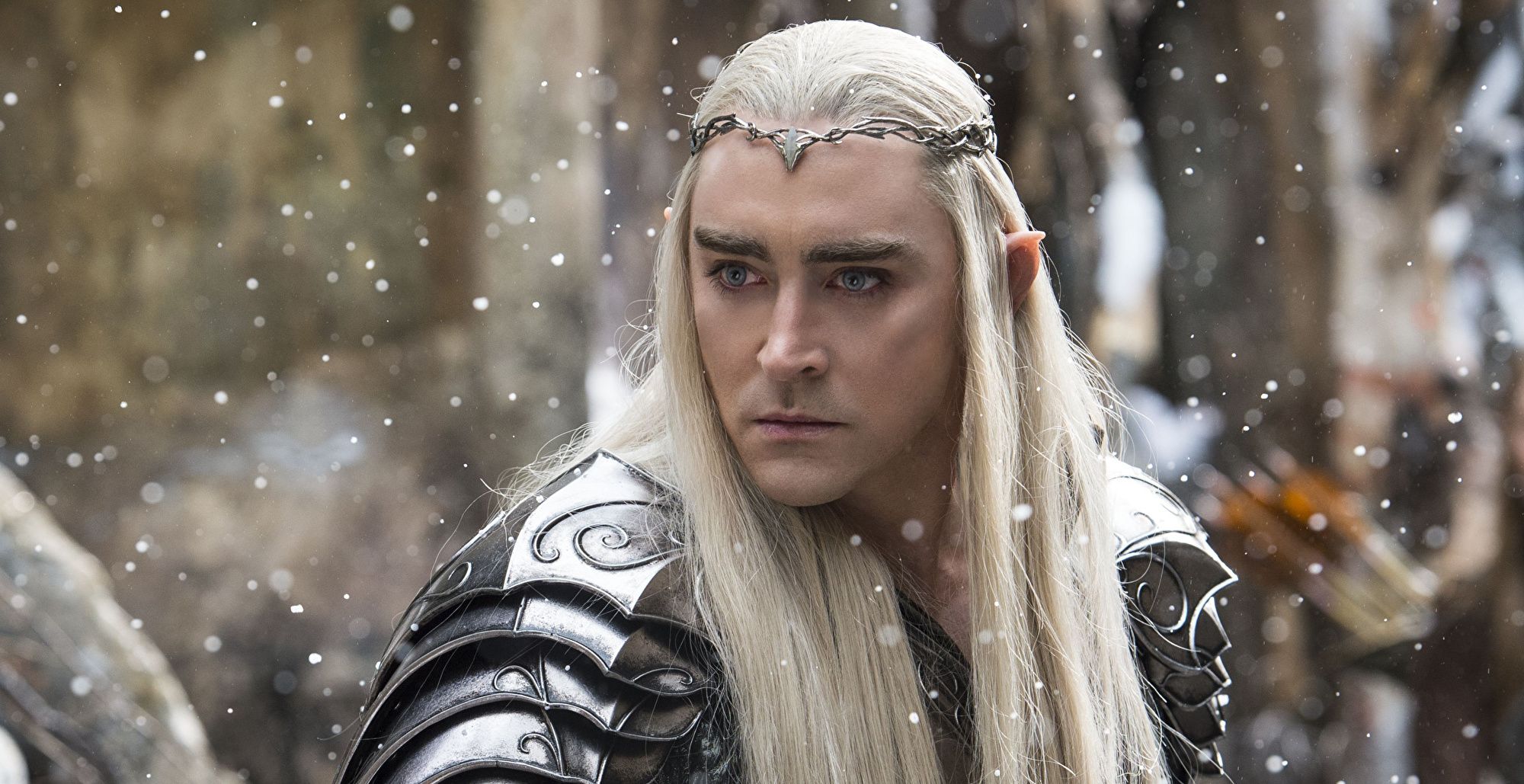
We learned way back in Return Of The King that alcohol has no impact on elves. Elves themselves already have a lot going on (living for thousands of years, for example) so they needed a weakness somewhere along the line. Lore is something particularly important to committed Lord Of The Rings fans, and something you’d think Peter Jackson would be on top of, having directed every entry in the series. However, this particular piece of info is not only passed by and ignored but acts as a particularly important plot point that sends drunken elves to sleep after only a few bottles.
Dry Hair
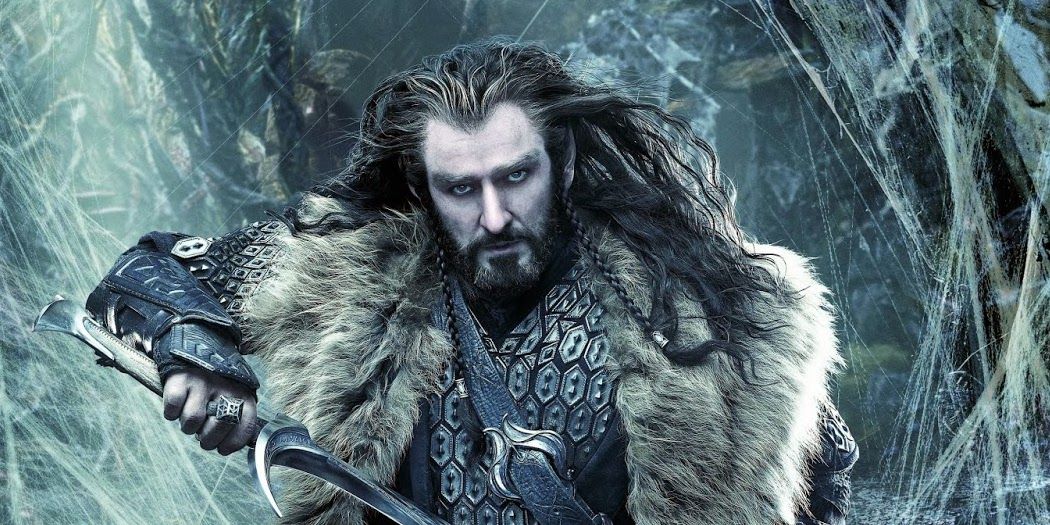
Outside Mirkwood Forest, it’s raining pretty heavily. Gandalf leaves and they have to stand around in some particularly heavy rain. Not only is it made clear that the rain is all CGI as it barely interacts with the faces of the cast, but everyone except Thorin has completely dry hair.
Unless they’re all rocking some particularly impressive hairspray, there is no way that each character would be so bone dry. Why did they even fake the rain anyway? If they’d have made sure to film the scene when it was raining, every element of it would have been far more believable.
Even More Dry Hair
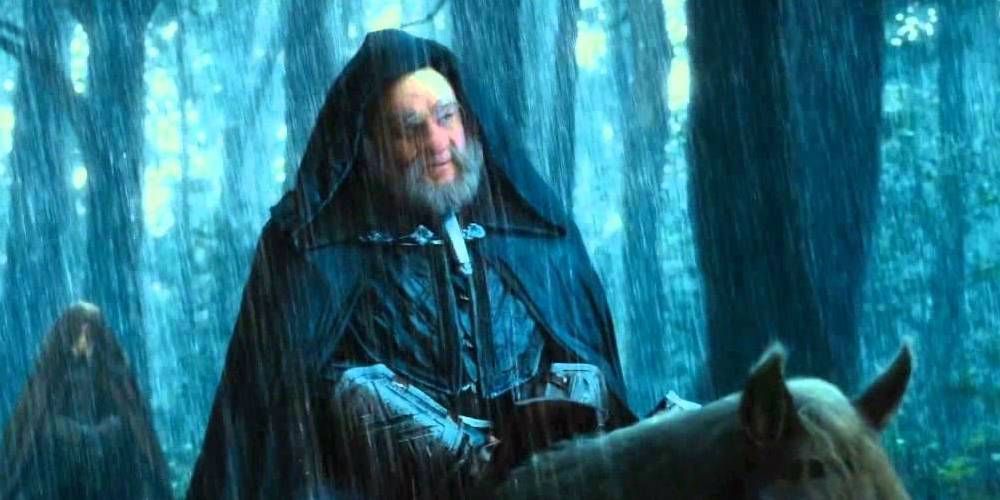
Fast-forwarding to 2013’s An Unexpected Journey now, and while the storyline has progressed, it’s nice to see that their technical prowess and attention to detail hasn’t. When Bilbo, Gandalf, and the dwarves are riding through another particularly heavy patch of rain, they all still seem to be pretty much resistant to rain.
It’s so heavy that you’d expect some much wetter hair, and for it to interact far more realistically with things like Gandalf’s hat. Instead, it all just sort of thuds dully onto their clothes, doing a whole lot of nothing.
CGI Through The Floor
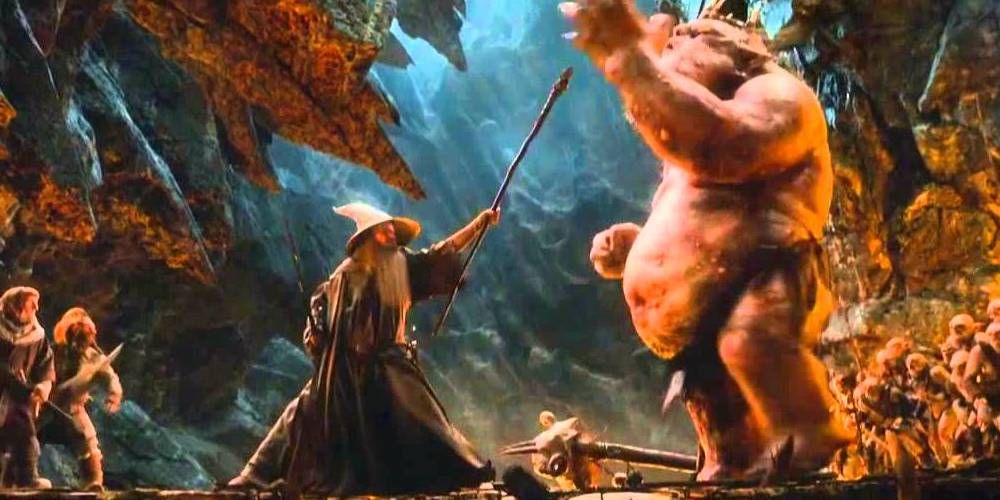
When the heroes of The Hobbit are captured by goblins, we find out that they aren’t as solid as they seem. Well, sort of. As these goblins are CGI (maybe The Hobbit should have taken a leaf out of the Star Wars book and used puppets), the editors have to have a particularly fine-tooth comb to make sure everything is as realistic as possible.
Unfortunately, one small moment is skipped over, and it allows one of the goblin’s feet to slip directly into the bridge he is walking on, just like a glitch in a video game.
Gandalf’s Two Swords
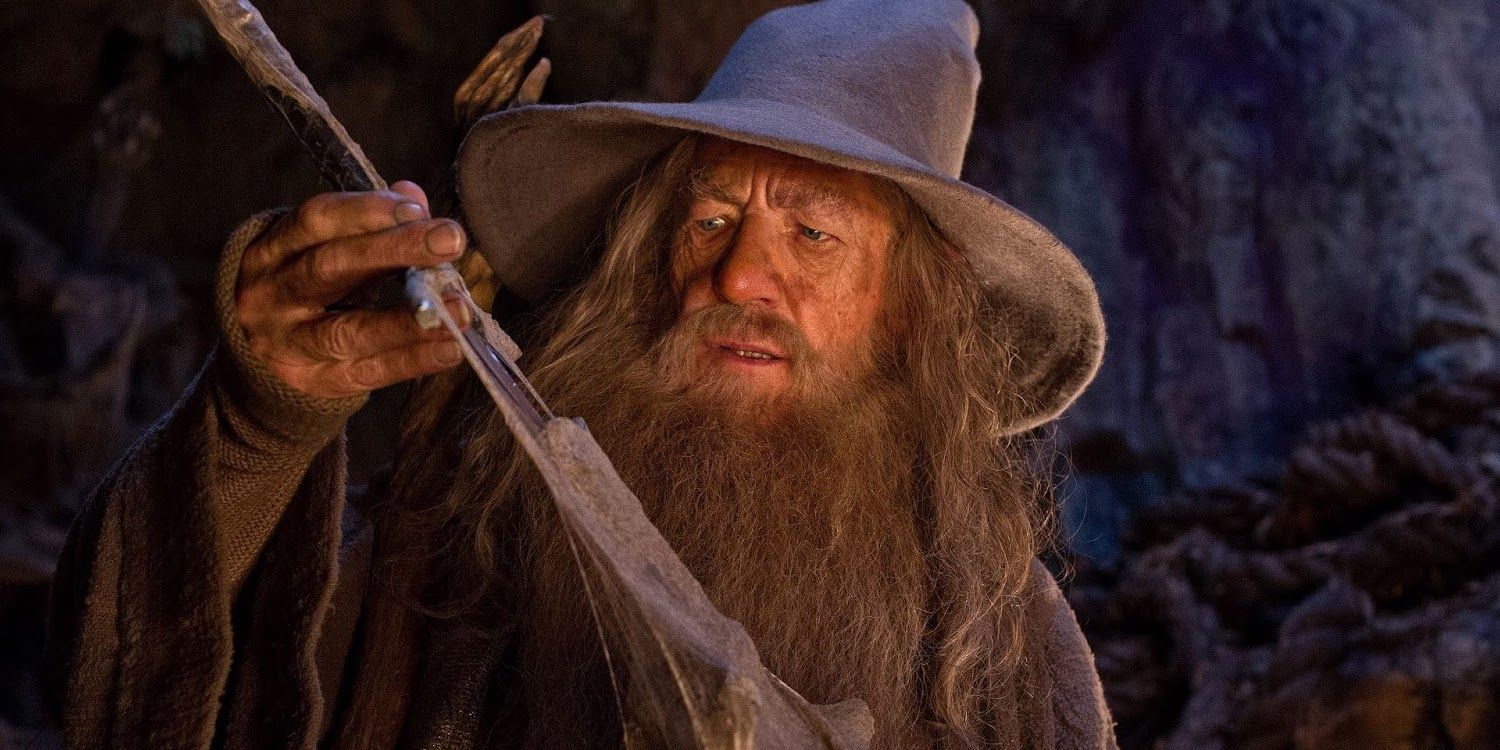
There is a lot going on with Gandalf’s sword during the scenes in the goblin stronghold. At first, he’s using it like normal. Then we see him using it while it is also clearly in his scabbard that is next to him (two swords?) but then he ends up using it normally once more and the scabbard is clearly empty.
It isn’t the only sword-based issue in this film, though. Later on, Thorin is awaiting rescue with his sword by his side, but when he finally gets picked up, the sword is on top of him instead. No one can pick something up that quickly.
Impossible Horn Playing

The final film in The Hobbit series, The Battle Of The Five Armies, pretty much gives over an entire three-hour film to a long, long battle. After this particular battle is over and we see a solitary horn player in Dale blasting out a tune, a lot of musical things don’t quite add up. At one point, we hear two notes at once.
While not completely impossible, the guy playing the horn must have had some particularly impressive training. Later on, he plays three notes at once. Now, this one is impossible. So the only way to explain this error is via some sort of magic horn.
Gandalf’s Hobbit Hands

From their very central role in the entire Lord Of The Rings franchise, we’re pretty familiar with just how small Hobbits are. Gandalf looms over Frodo in the original films just as much as he does Bilbo in these films. It doesn’t make much sense, then, why Gandalf’s hand seems to shrink down to Hobbit size (or vice versa) when he and Bilbo say goodbye at the conclusion of the film. Maybe Gandalf just has really small hands. Or magic hands that match those of whom he is shaking?
Clean Sword
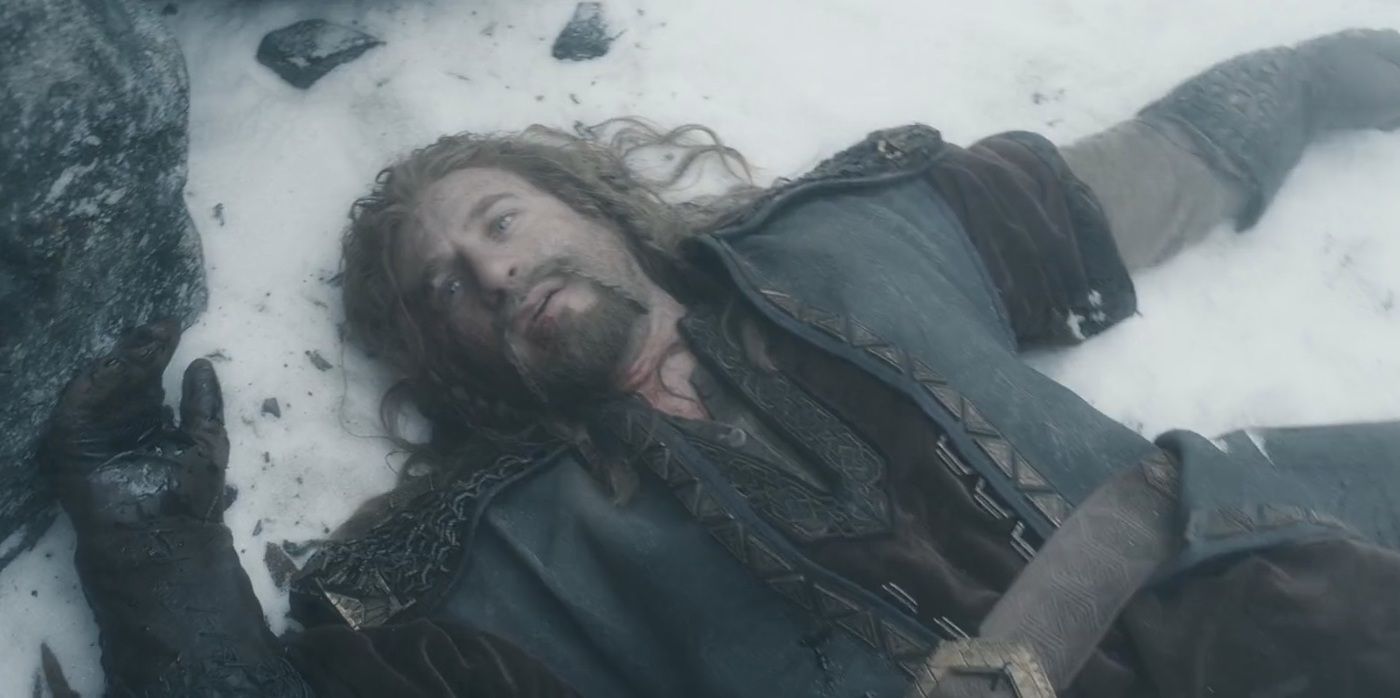
One of the most interesting fights in the film shows Bolg killing Kili and Azog killing Fili. They’re both the same species, so you’d expect similar things to happen to them when they finally meet their end. Bolg’s sword is dripping with the blood of Kili when he pulls it out, but Azog’s is completely dry when it comes out of Fili.
Unless Fili has an exceptionally severe blood disorder, you’d expect the director to keep track of continuity errors like this. It’s especially noticeable because it happens straight away; there isn’t a brief intermission to allow the audience to forget.




